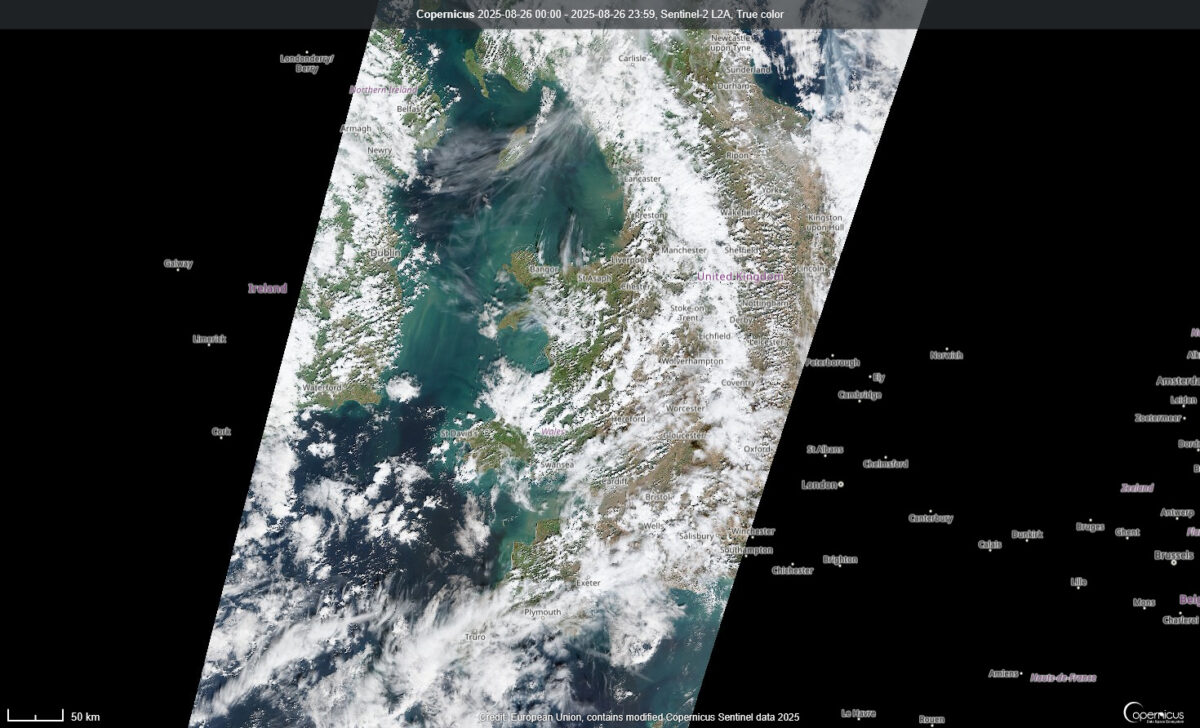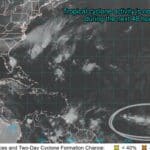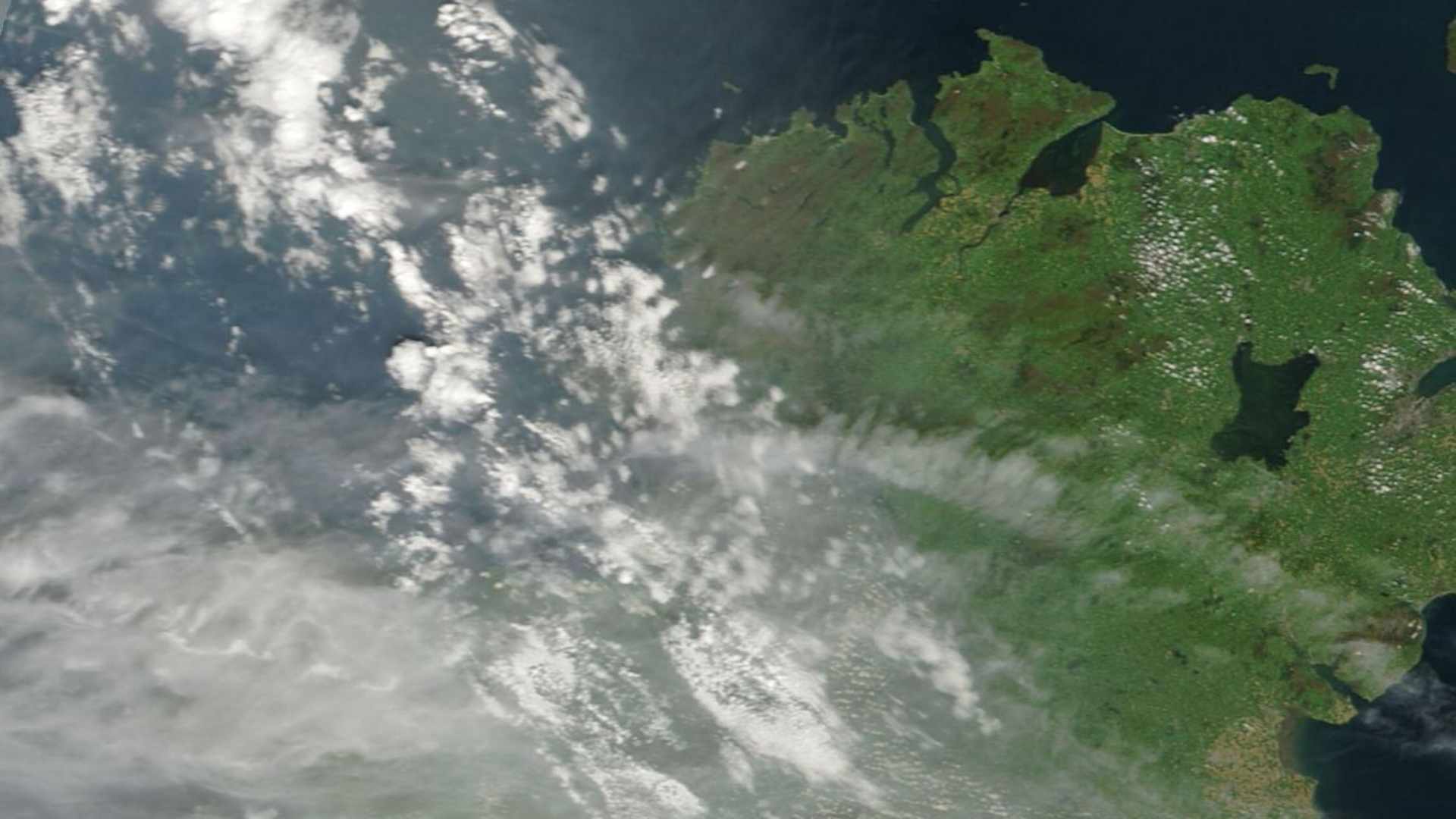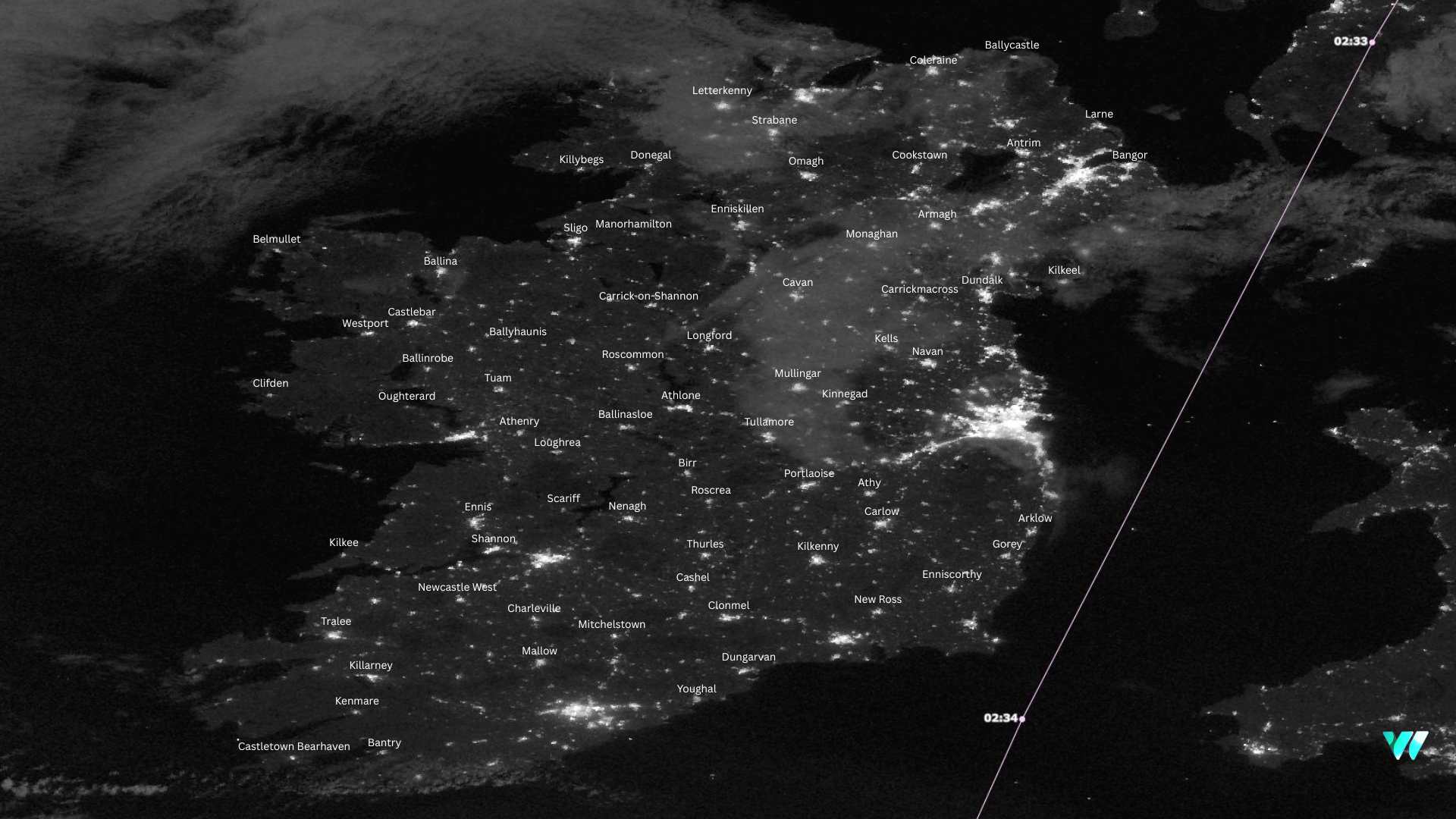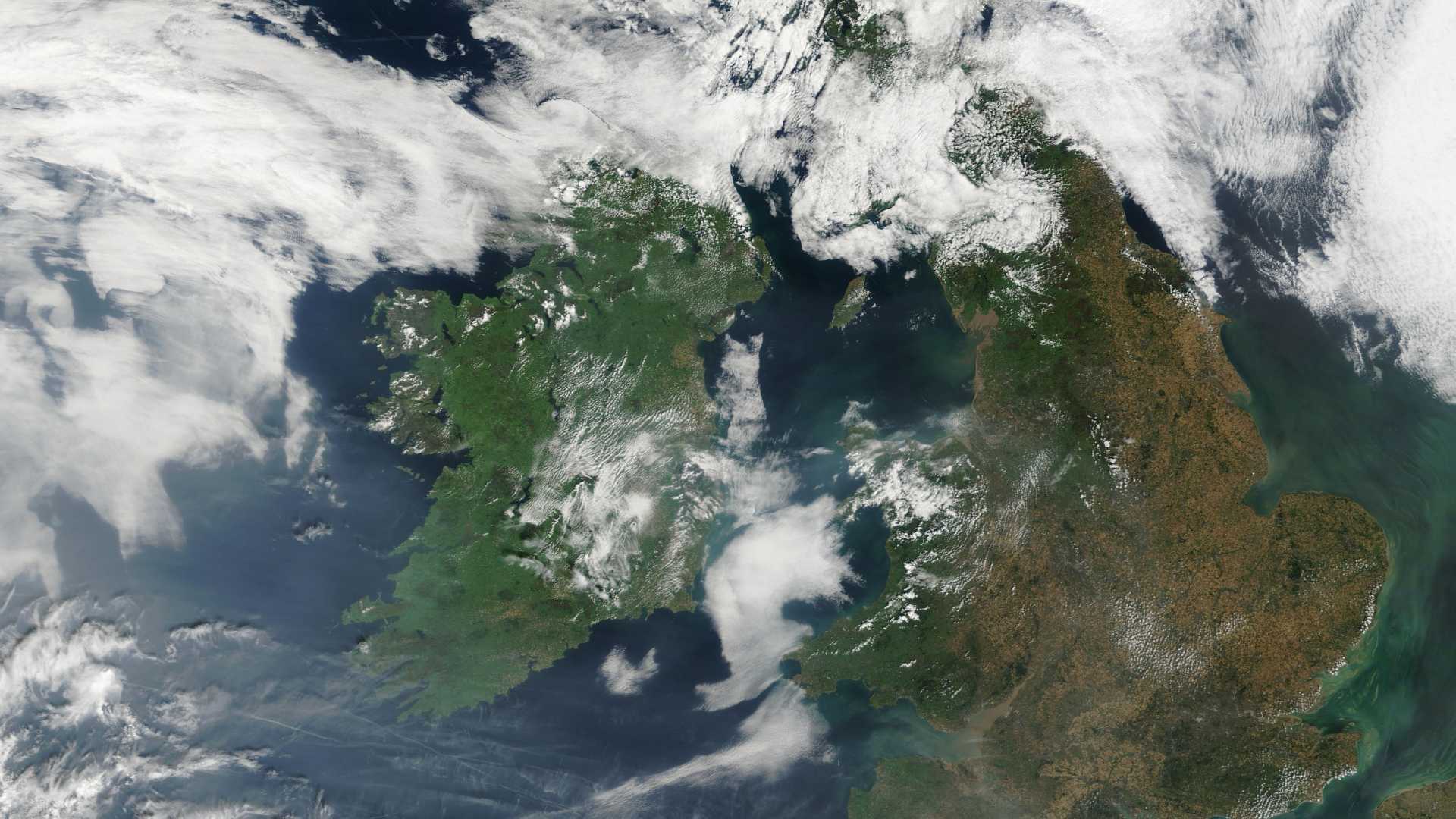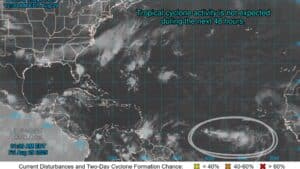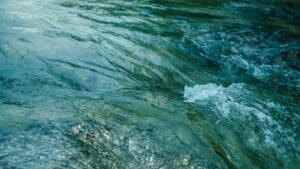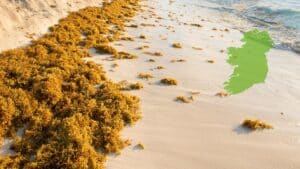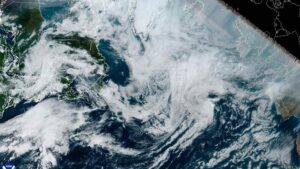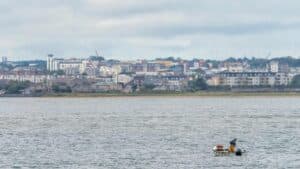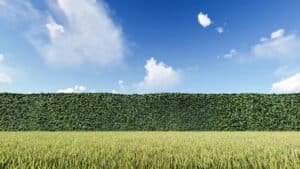
From Space, the Irish Sea is Alive with Phytoplankton
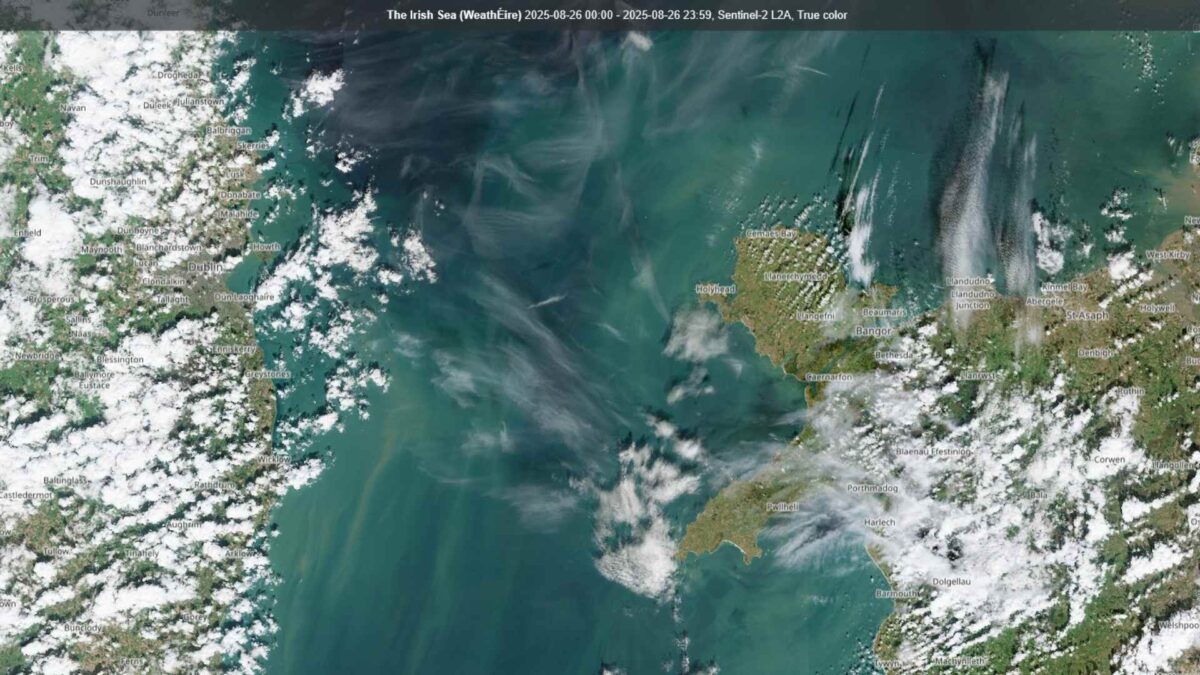
A striking image from the Copernicus Sentinel-2A satellite, captured on Tuesday, shows the Irish and Celtic Seas and the coastlines of Leinster and Wales awash in vibrant milky blue-green hues.
The colours reveal a dense bloom of phytoplankton, microscopic organisms that form the base of the marine food chain.
The bloom, visible in the turbid waters of both the Irish and Celtic Seas, stands in sharp contrast to the clearer waters of the open Atlantic.
The surge is likely linked to nutrient-rich conditions, from coastal runoff and natural upwelling of deeper waters in the Irish and Celtic Seas.
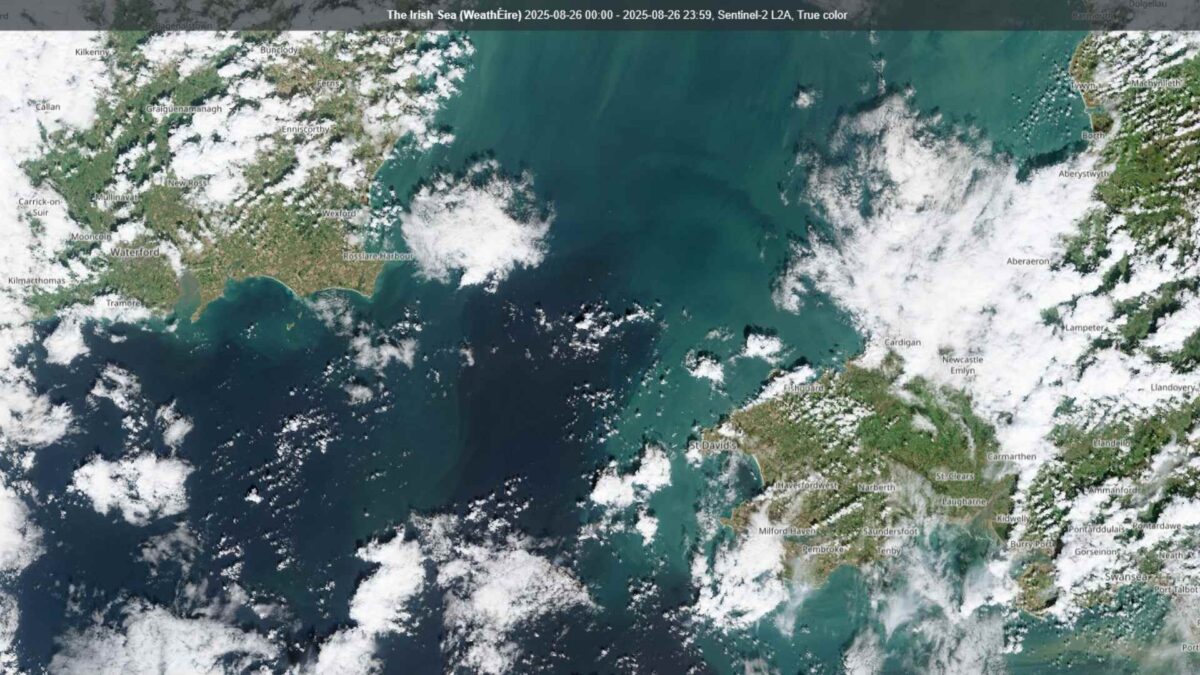
Phytoplankton blooms play a crucial role in marine ecosystems, supporting fish stocks and absorbing carbon dioxide, though large blooms can sometimes have negative impacts on water quality.
Copernicus is the European Union’s flagship Earth observation programme. It uses a constellation of satellites, known as Sentinels, along with ground-based and airborne measurements, to monitor the environment, climate, and security issues. Sentinel-2 uses high-resolution optical imagery for land and coastal monitoring. This is the satellite that captured the Irish Sea image.
